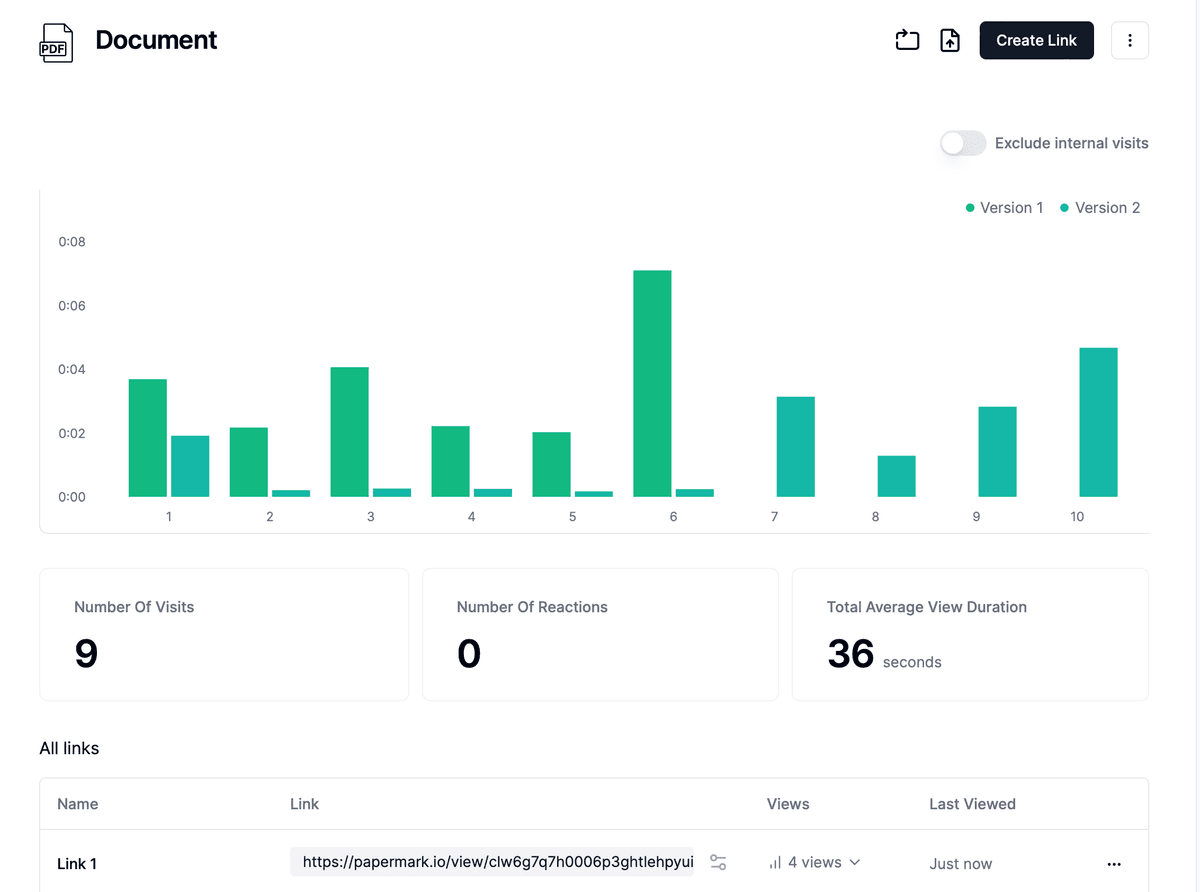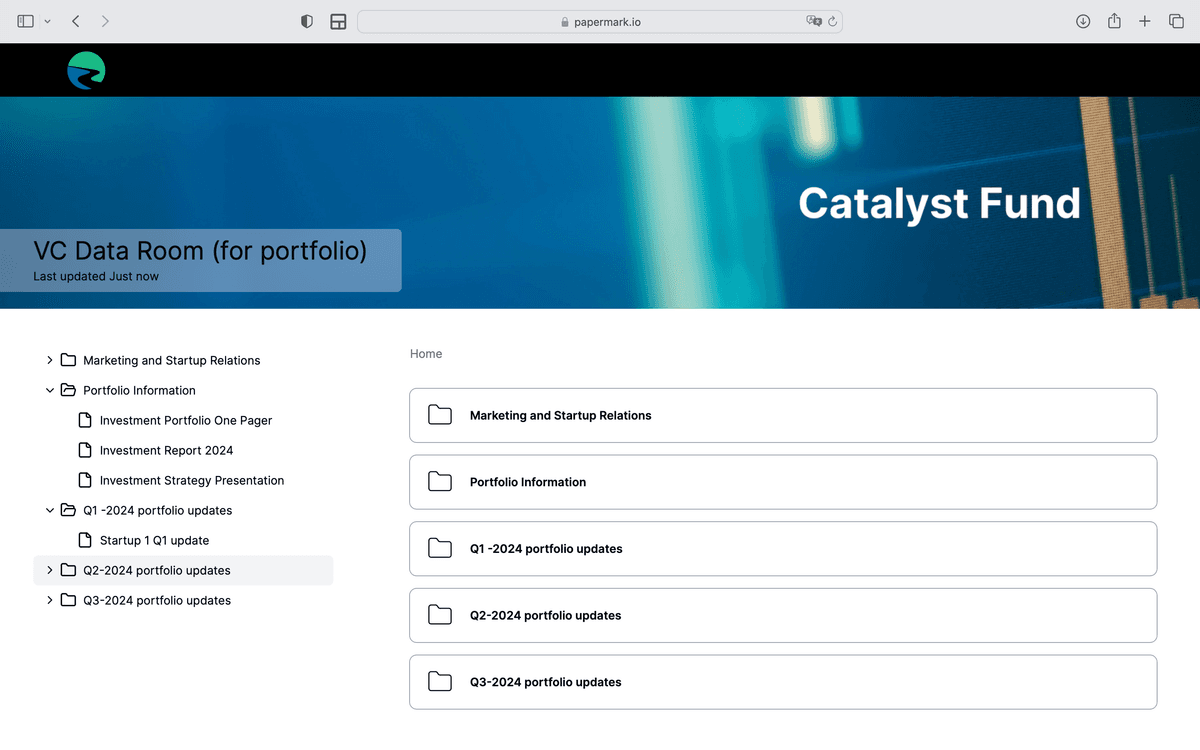How to Send Personal Information via Email (COMPLETE GUIDE)
 In today's digital world, sharing personal information via email has become increasingly common. Whether you're sending financial details, identification documents, or personal healthcare information, standard email transmission lacks the security needed to protect sensitive personal data. With identity theft cases increasing by 45% in the past year and the average cost of a data breach now $4.45 million, ensuring your personal information remains secure during transmission is vital.
In today's digital world, sharing personal information via email has become increasingly common. Whether you're sending financial details, identification documents, or personal healthcare information, standard email transmission lacks the security needed to protect sensitive personal data. With identity theft cases increasing by 45% in the past year and the average cost of a data breach now $4.45 million, ensuring your personal information remains secure during transmission is vital.
This comprehensive guide provides proven methods to send personal information via email securely, protecting your sensitive data from unauthorized access while maintaining the convenience of electronic delivery.
Quick overview of secure methods
- Use Papermark's Secure Links: Transform personal documents into password-protected, trackable links
- Implement Email Encryption: Utilize end-to-end encryption for emails containing personal information
- Password-Protect Documents: Secure individual files containing personal data before sending
- Employ Secure File Transfer Services: Use specialized platforms for sensitive personal content
- Set Up Email Security Features: Configure available security settings in your email client
Why standard email isn't secure for personal information
Standard email transmission faces several security vulnerabilities when sending personal information:
- Emails travel in plain text and can be intercepted
- Messages may be stored unencrypted on multiple servers
- Recipient's email account could be compromised
- Email administrators can access personal information in messages
- No control over forwarding or document sharing
- Limited ability to track document access
- No way to revoke access after sending
These vulnerabilities make standard email attachments inadequate for sensitive personal information, requiring enhanced security measures.
Method 1: Using Papermark for secure personal information sharing via email
Papermark provides the most comprehensive solution for sending personal information via email by combining enterprise-grade security with ease of use.
A. Create secure, password-protected document links
- Log in to Papermark: Access your Papermark account
- Upload Your Document: Select your document containing personal information for secure sharing
- Enable Security Features: Add password protection and access controls

B. Configure security settings
- Set Password Protection: Enable password requirements for document access
- Configure Access Controls: Set viewing permissions and expiration dates
- Enable Email Verification: Require recipient email verification for additional security
C. Track document access
Monitor who accesses your personal information through Papermark's analytics dashboard:
- View access timestamps
- Track viewer engagement and time spent on each page
- Monitor download activity
- Receive unauthorized access alerts

D. Share via email
- Copy Your Secure Link: Generate and copy the secure document link
- Compose Your Email: Create an email to your intended recipient
- Insert the Secure Link: Paste the Papermark link in your email
- Send Password Separately: Share the document password via another communication channel
This method provides maximum security while maintaining the convenience of email delivery.
Method 2: Email encryption for personal information
Email encryption creates a secure tunnel for transmitting personal information through standard email services.
Types of email encryption
-
S/MIME (Secure/Multipurpose Internet Mail Extensions)
- Requires digital certificates
- Built into many email clients
- Provides end-to-end encryption
-
PGP (Pretty Good Privacy)
- Uses public key cryptography
- Highly secure but more technical
- Requires setup by both sender and recipient
-
TLS (Transport Layer Security)
- Secures connection between email servers
- Automatic in many email services
- Only protects during transmission
Implementing email encryption
-
Check Your Email Provider's Options
- Gmail: Enable confidential mode
- Outlook: Use Microsoft 365 Message Encryption
- Apple Mail: Use S/MIME
-
For Gmail Confidential Mode:
- Compose a new email
- Click on the confidential mode icon (padlock)
- Set an expiration date and optional passcode
- Send your email with personal information
-
For Outlook Encryption:
- Compose a new email
- Click "Options" then "Encrypt"
- Choose encryption level
- Include personal information and send
While email encryption provides improved security, it lacks the tracking capabilities and access controls available through dedicated platforms like Papermark.
Method 3: Password-protecting individual documents
Adding password protection to individual documents containing personal information before sending via email adds a layer of security:
For PDF documents:
- Open your PDF in Adobe Acrobat or similar software
- Select "Protect" or "Encrypt" from the security options
- Choose "Encrypt with Password"
- Set a strong password (mixing letters, numbers, and special characters)
- Configure permissions (printing, editing, copying)
- Save the encrypted PDF
- Send via email and share password separately
For Microsoft Office documents:
- Open your document in Microsoft Word, Excel, or PowerPoint
- Click "File" > "Info" > "Protect Document"
- Select "Encrypt with Password"
- Enter a strong password
- Save the document
- Attach to email and send password through another channel
Password protection provides basic security but lacks the tracking and access revocation capabilities of more robust solutions.
Method 4: Secure file transfer services
Specialized file transfer services offer enhanced security for sending personal information:
- Select a Secure Service: Choose a service with end-to-end encryption
- Upload Documents: Add your files containing personal information to the service
- Configure Security Options: Set passwords, expiration dates, and access limits
- Generate Share Link: Create a secure link to your documents
- Send Via Email: Include the secure link in your email
- Share Access Information: Provide passwords or access codes separately
These services can work well for occasional use but typically lack the comprehensive tracking and professional presentation of dedicated document security platforms.
Method 5: Secure cloud storage with email integration
Cloud storage services can provide a middle ground for sharing personal information:
- Upload to Secure Cloud Storage: Add documents to Google Drive, OneDrive, etc.
- Configure Sharing Settings: Set permissions to "Specific people"
- Enable Available Security Features: Add passwords if available
- Generate Sharing Link: Create a secure access link
- Send Via Email: Include the link in your email
This method works well for collaboration but offers limited security features compared to dedicated solutions.
Security features comparison for personal information email sharing
| Security Feature | Standard Email | Password-Protected Files | Email Encryption | Cloud Storage | Papermark |
|---|---|---|---|---|---|
| End-to-end encryption | ❌ | ⚠️ Partial | ✅ | ⚠️ Varies | ✅ |
| Password protection | ❌ | ✅ | ⚠️ Limited | ⚠️ Limited | ✅ |
| Access tracking | ❌ | ❌ | ❌ | ⚠️ Limited | ✅ |
| Access revocation | ❌ | ❌ | ⚠️ Limited | ⚠️ Limited | ✅ |
| Expiration dates | ❌ | ❌ | ⚠️ Some services | ⚠️ Limited | ✅ |
| Forward prevention | ❌ | ❌ | ⚠️ Limited | ❌ | ✅ |
| Email verification | ❌ | ❌ | ❌ | ❌ | ✅ |
| Data breach alerts | ❌ | ❌ | ❌ | ⚠️ Limited | ✅ |
Best practices for sending personal information via email
- Use Strong Passwords: Create complex, unique passwords for document protection
- Share Passwords Separately: Never send passwords in the same email as personal information
- Implement Expiration Dates: Set time limits for document access
- Verify Recipient Addresses: Double-check email addresses before sending personal information
- Use Professional Email Accounts: Avoid free, consumer email services for highly sensitive personal data
- Monitor Access Logs: Track who has viewed your documents when possible
- Limit Sensitive Content: Only include necessary personal information
- Secure Your Devices: Use antivirus and keep systems updated
- Be Aware of Regulations: Follow privacy regulations (GDPR, CCPA, etc.)
- Have a Response Plan: Know what to do if personal information is compromised
Method for Multiple Documents: Papermark's Secure Data Rooms for Personal Information
For individuals regularly sharing multiple personal documents, Papermark's data rooms provide a comprehensive solution that combines privacy protection with organized document management.

| Step | Description |
|---|---|
| 1. Create and Organize | Set up your secure data room and organize personal documents |
| 2. Configure Privacy | Enable security features and access controls |
| 3. Share and Monitor | Generate secure links and track document access |
| 4. Maintain Control | Manage access and monitor document activity |
Features include:
- Instant access revocation
- Activity logs
- Privacy compliance
- Professional presentation
- Version control
Papermark's data rooms ensure your personal information remains protected while providing an organized, professional sharing experience.
Conclusion
Sending personal information via email requires careful consideration of security measures. While traditional methods like password protection and email encryption provide basic security, they lack the comprehensive protection, tracking capabilities, and access controls offered by dedicated platforms like Papermark.
By implementing the methods outlined in this guide and following best practices for personal data security, you can ensure your sensitive information remains protected throughout the sharing process while maintaining the convenience of email delivery.
For individuals regularly handling sensitive personal information, investing in a secure document sharing platform provides the ideal balance of security, usability, and control.